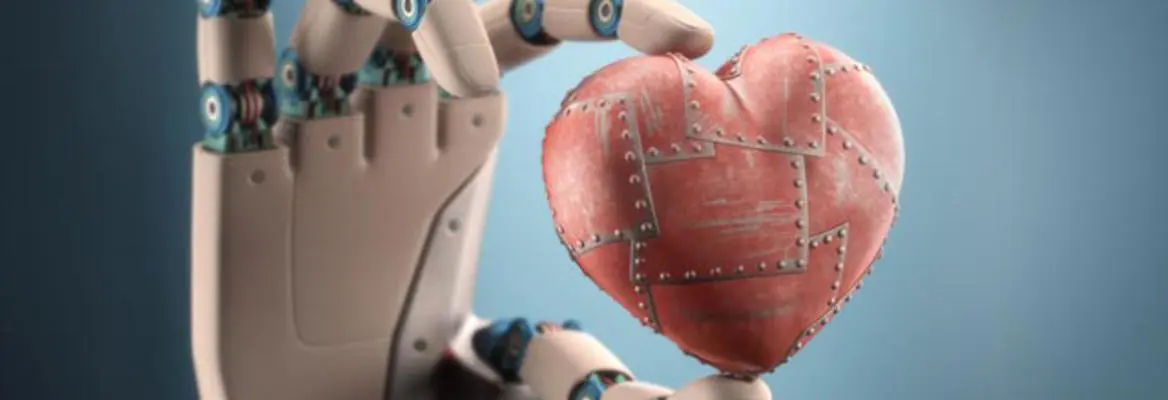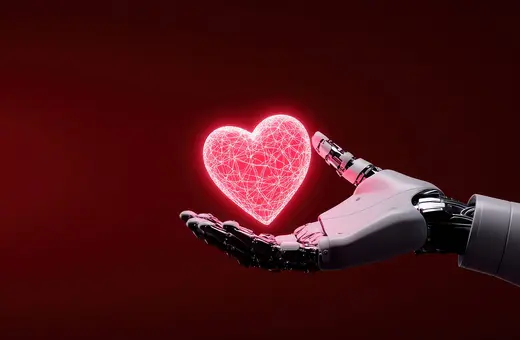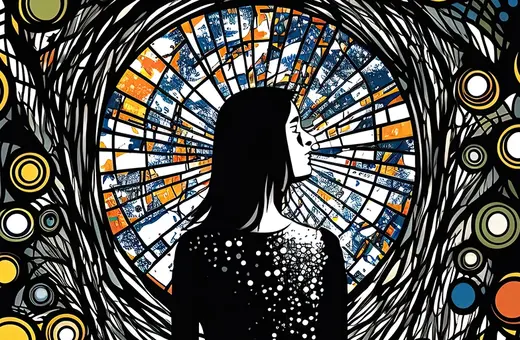Humanity has always tried to enhance love. There is a group in Northern Pakistan who believe that the best love potion in the world is water that has been used to wash a dead leather-worker. When a leather-worker dies a witch riding a pig – not a broom – flies over and surreptitiously washes him. They then sell these potions and, though nobody nowadays believes in those witches, the potions have never been more popular. So ethnographers claim.
In my native Sweden, there is a belief that if you really want somebody to fall in love with you there is one sure-fire thing you can do. First, find an apple. Next, keep it in your armpit throughout the day. And finally, give it to him or her to eat and love is guaranteed to happen.
Generally we have a long, long history of people trying to elicit love. There have been magical and chemical approaches, but also handbooks about how to be a loving person, how to attract people and so on. Historically we have cared a great deal about love and how to achieve it. Whereas we used to turn to superstition, now it might be that science has the answer. We are getting ever closer to learning how love works in the brain, which could lead to an interesting question: could we make love potions that actually work? And if we could, what about the ethics and suitability of this?
I’m interested in the emotional part of love: the thing that brings two people together, keeps them together and has a profound effect on their lives. Having originally trained as a computational neuroscientist, I’m mostly interested in how this relates to the brain. However, I’m not just trying to reduce love to chemicals. Love is something that happens in a brain that is run on chemicals, but that doesn’t mean that love is simply chemical. Just as electricity isn’t the software we’re running in our computers and glutamate isn’t thought. It’s not the chemicals that matter: it’s the patterns they form. But the question of how physical processes give rise to conscious experience is another headache that I happily leave to my colleagues in the philosophy of mind.
What is very clear to a neuroscientist like me is that when I mess with particular chemicals I change things in the brain. Add a bit more glutamate and people get more energetic. Add a little bit more and they get an epileptic seizure. What if we could do it with more precision? Well, now we can.
Let’s start with the most obvious of test subjects: voles. The prairie voles of North America are monogamous for their entire lives. Meanwhile, a nearby species, the montane vole, likes to sleep around. You can compare their brains and see differences in their receptors, particularly in their levels of oxytocin. Now if you sniff oxytocin as a human, you experience a number of things. You become more trusting of strangers, you’re more interested in looking at faces and interpreting their emotions, and you feel less stressed. It turns out if you give oxytocin to female prairie voles, you can get them to bond with males without mating. Normally they have to mate, get a rush of dopamine and then they start thinking ‘we should stay together.’
Messing with the genes of these voles you can rewrite their nature. You can turn a promiscuous montane vole into a stable, monogamous one. And vice versa, you can make a monogamous prairie vole promiscuous.
Okay, so I hear your objection: this is only kind of interesting from a scientific perspective or if you’re really, really into vole pornography. Whilst this is obviously not the same as human romantic love, these are ancient systems and they have many similarities. Preliminary experiments on humans have also shown some effects. For instance, drugs that increase levels of oxytocin seem to make relationships a bit more stable. There’s not much human research yet, but more is on its way.
Manufacturing Love
What if there were a pill for engineering romance?

16th March 2017
Want to continue reading?
Get unlimited access to insights from the world's leading thinkers.
Browse our subscription plans and subscribe to read more.
Already a subscriber? Log in
Latest Releases




















Join the conversation